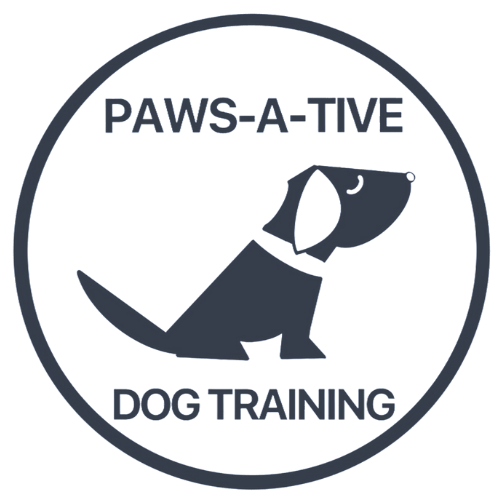Our dog is just going to be a stay-at-home dog!
“No-no—we don’t need training! Our puppy is just going to be part of our family…a stay-at-home dog!”
The vast majority of dogs are, in fact, purchased or adopted with the simple goal of having said dog be just part of their family.
“We’re not going to be doing Agility, or participating in Obedience, or going out in public with our dog…they’re going to be a home-body dog!”
When I ask them if they plan on taking their dogs out for walks, they immediately answer of course!
When I ask them if they have family or friends, or friends of their kids, that come over on a regular basis, they answer naturally!
When I ask if they attend their kids’ (grandkids) soccer/t-ball/football etc. practice & games, they usually take a breath and say, well sure. And well, maybe we’ll take the dog to those.
This is about the time they are beginning to realize that maybe the dog won’t be staying at home ALL the time. I smile and then usually see a little bit of hesitation float over their faces. Puppies and a lot of rescued dogs don’t know how to walk on a leash---it is an acquired skill—and trust me, it takes more than a few classes to even get them to a level where they are beginning to develop loose leash skills. As far as socialization, if you don’t get your dog involved in any activity that increases their exposure to other dogs, people, noises, sights etc. you are setting your dog up for failure when it comes to being out in public.
Puppies/and a lot of rescued dogs don’t have a clue what house manners or door etiquette are. And if you’re not actively teaching your puppy/dog these skills, the environment and unsupervised opportunities (you know when you’re not paying attention) will be and I guarantee you, you will not like the results.
Puppies/and a lot of rescued dogs, who are not properly crate-trained, can get into all kinds of trouble when you aren’t in the house to supervise. And if you think crate-training consists of hustling said puppy/dog into a crate, closing it behind them, and leaving---well, for most dogs (and then humans) it doesn’t end well.
If and when your puppy/dog develops fears, no amount of sweet-talk, or coaxing, or even yelling at them is going to help your dog change their behavior.
Why you ask?
Because when a dog is experiencing fear (as with humans) the part of the brain that processes information is hijacked by the amygdala. In short, it is fight, flight, or freeze.
And while it doesn’t matter one iota if you understand, comprehend, or care about what your dog is afraid of, until you get someone who does understand and comprehend what is causing the fear, it’s not going to get fixed…and then you label your dog stubborn and difficult and that’s about the time they get re-homed or surrendered.
So, yes. In my book, training is a vital key to having a stay-at-home dog that can go out on daily walks with confidence—and not drag you down the street or refuse to move.
Yes, training is needed so that your guests don’t become bowling pins for your dog to knock over. Your doors do not become escape hatches that your dog launches itself through every time one is opened and your counters and tables aren’t mugged the moment you look away.
Yes, properly socializing and maintaining your dog’s skills are necessary.
(And NO! I never recommend taking a dog to a dog park—color me scared!)
In fact, I am of the opinion that stay-at-home dogs are the ones who need training the most because they are not involved in activities that require training and continued socialization skills.
Teaching your dog what you want them to do is far easier and less frustrating than having to break a bad habit that your dog developed because they learned to do it on their own.
Dogs are opportunists, pure and simple, and the environment is always at the ready to reinforce your dog for getting what it wants.
Take the time to go to some classes and learn how to use positive training methods to help your puppy or rescued dog become the best version of themselves. Learn the basics so that you can continue their training as they develop and grow through the various stages from puppy-to adolescent-to adulthood-to senior.
Being proactive is far better than being reactive!
